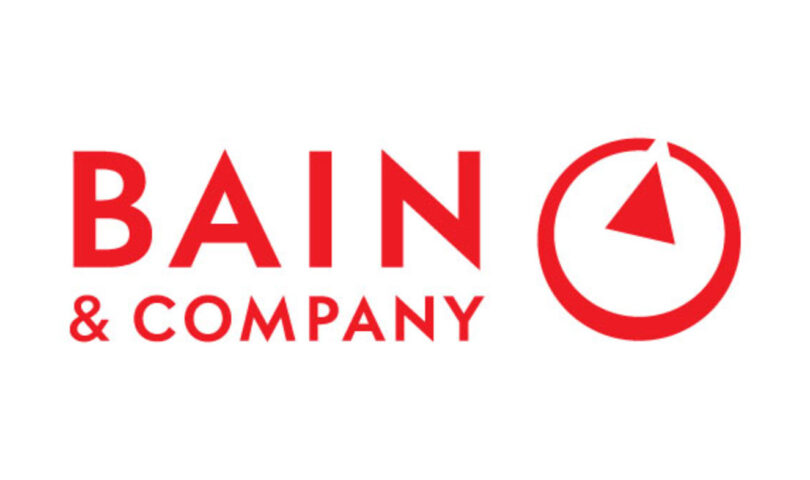The fine wine market, highlighted in a new report by Bain & Company and Altagamma, continues to showcase its prestige and investment appeal, alongside the rebound of the fine dining industry. The report, unveiled at Vinitaly, one of the world’s leading wine and spirits exhibitions, reveals that despite its small size, the fine wine market reached an estimated value of €30 billion in 2024, playing a vital role in the global luxury industry.
The fine dining industry has seen rapid growth, with a 27% increase from 2022 to 2024, reaching a projected market value of €28 billion. Europe leads this sector, housing over half of the world’s 14,000 high-end venues. The report also highlights the premium pricing of fine wines compared to mass-market wines, with fine wines commanding 11% of the total wine market’s value, despite representing only 1.5% of the market by volume.
The fine wine industry, a legacy-driven and fragmented market, remains predominantly Western-centric. However, regions such as Asia Pacific and the Middle East and Africa are showing increasing growth potential. The report projects the market to reach €30 billion by 2024, with Europe maintaining its lead. Consumer preferences for high-quality drinking experiences have driven the premiumization of fine wine consumption, positioning fine wines as a stable asset.
Younger generations, especially Gen Z, are embracing the “NoLo” trend, signaling evolving preferences and potential market adaptations. The rise of experiential luxury in fine dining is evident, with immersive experiences on the rise and blending food, entertainment, and social engagement. Fine wines remain integral to this industry, with wine pairings contributing significantly to restaurant revenues.
Overall, fine wines are increasingly recognized as an asset class, benefiting from limited supply and strong demand. With price appreciation over the past decade outperforming other luxury assets, the sector remains resilient against economic downturns, enhancing its investment appeal. Over the past five years, the fine wine market has seen significant growth, with indexes like Liv-Ex Champagne-50 and Liv-Ex Italy-100 increasing by 34% and 20% respectively. This growth solidifies their position as attractive long-term investments.
Moving forward, the fine wine sector faces new challenges that are reshaping the industry. The United States is leading a wave of consolidation with an average of 30 mergers and acquisitions annually totaling $8 billion. Meanwhile, Europe, particularly Italy and France, is following suit with 10 deals closed in 2024. This trend is driving market expansion, innovation, and resilience in the face of economic volatility, setting new industry benchmarks.
Additionally, climate change is impacting the wine sector, with rising temperatures and extreme weather conditions threatening traditional vineyards in southern regions. On the other hand, northern areas like Denmark are expected to benefit from longer growing seasons and milder conditions. To address these challenges, the industry must invest in policy reforms, agricultural technology, and collaborative solutions to ensure a sustainable future.
Despite France’s dominance in the fine wine market, Italian brands have maintained steady earnings before interest and taxes margins from 2015 to 2024. Italy’s diverse offerings, with 20 wine regions and 1,000 grape varieties, provide growth potential and unique storytelling opportunities, setting it apart from its French counterparts.
Looking ahead, the fine wine market is poised for steady growth, with projections indicating an increase from €30 billion in 2024 to €35-40 billion by 2030. However, trade tensions and new tariffs could pose risks to this growth, particularly in the entry-level segment of the market. Western markets are expected to remain dominant, while emerging regions like Asia and the Middle East present untapped opportunities for growth.
In conclusion, the fine wine sector continues to evolve, balancing tradition with innovation. While facing short-term challenges, the industry’s strong fundamentals position it as a core component of the luxury landscape for years to come. Further engagement in the market, along with strategic investments in technology and sustainability, will be crucial for the sector’s continued success.



 العربية
العربية 简体中文
简体中文 Dansk
Dansk Nederlands
Nederlands English
English Esperanto
Esperanto Suomi
Suomi Français
Français Deutsch
Deutsch עִבְרִית
עִבְרִית हिन्दी
हिन्दी Íslenska
Íslenska Italiano
Italiano 日本語
日本語 한국어
한국어 Монгол
Монгол नेपाली
नेपाली Norsk bokmål
Norsk bokmål Português
Português Русский
Русский Samoan
Samoan Afsoomaali
Afsoomaali Español
Español Svenska
Svenska ไทย
ไทย Türkçe
Türkçe Українська
Українська יידיש
יידיש Zulu
Zulu